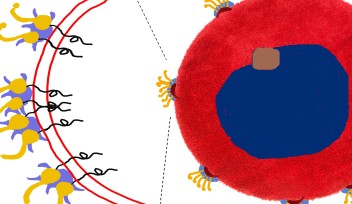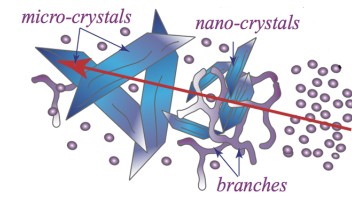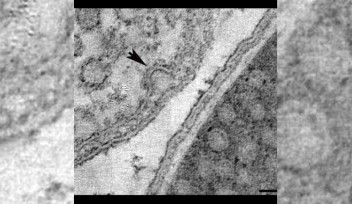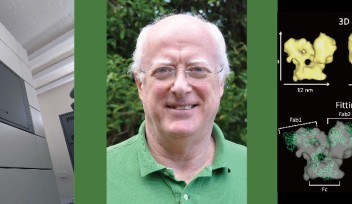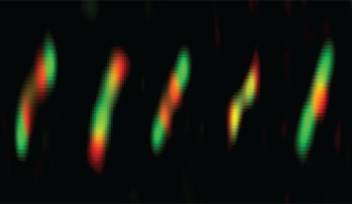A life devoted to science: Ulf Skoglund's quest to overcome the ‘impossible’
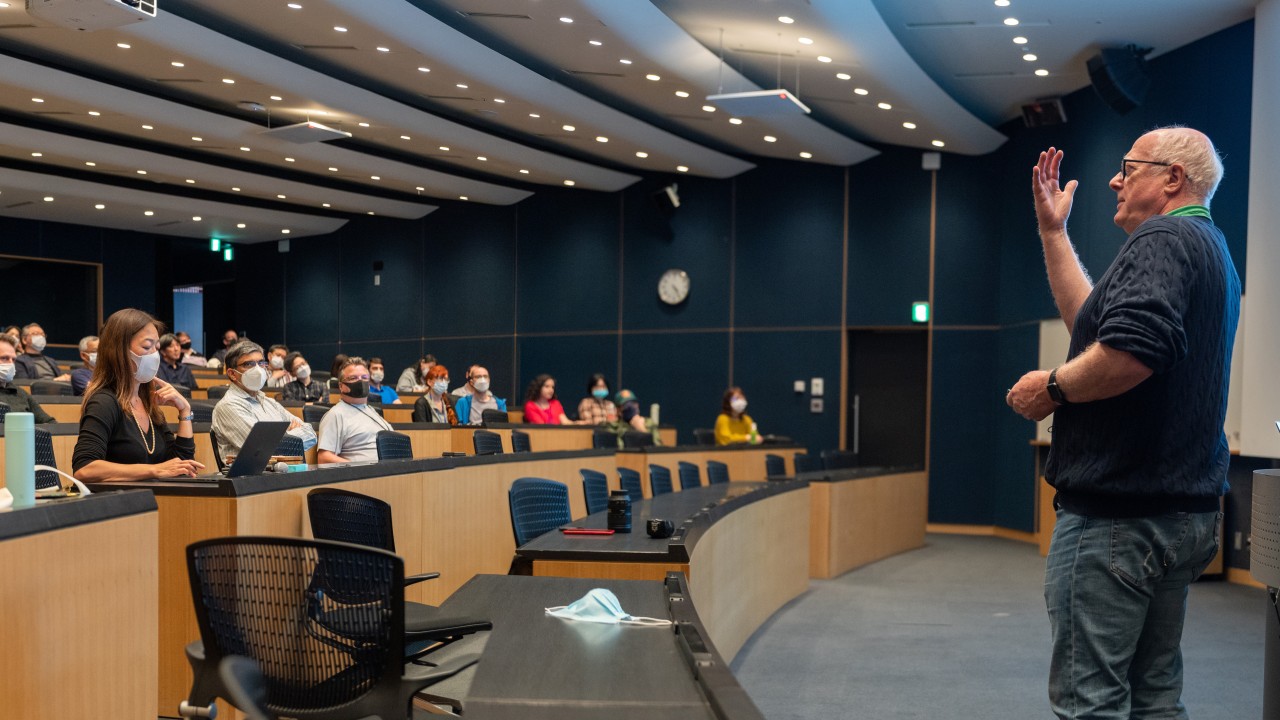
After more than a decade of service to OIST, Professor Ulf Skoglund, Dean of the Graduate School and head of the Structural Cellular Biology Unit, will retire on March 31, 2023, returning to his home country of Sweden as a Professor Emeritus.
Prof. Skoglund’s journey at OIST first began in 2010, after a colleague told him about an exciting new university that was being established in Okinawa. He was immediately attracted to the high scope of freedom and trust given to the researchers.
“In Sweden and many other countries, it is difficult to change the direction of your research or to receive money for proposals that funders think are impossible,” said Prof. Skoglund. “But here at OIST, I could really define my own research, no matter how impossible it seemed.”
Finding solutions to 'impossible' problems has been a key driving factor in Prof. Skoglund’s research, even from a young age.
“I don’t believe in ‘impossible’. If someone tells me I can’t do it, or it’s impossible, then I always wonder if that’s actually true, or if they just haven’t really tried,” he said.
Prof. Skoglund’s refusal to be daunted by impossibilities has paid off many times. The first highlight of his career came in 1986, with the publication of a Nature paper reporting that he had successfully used a pioneering imaging technique called electron microscope tomography, which many had believed to be impossible, to determine the three-dimensional structure of a biomolecule. The concept seems simple – multiple images are taken at different angles, and then combined to reconstruct a 3D model. But in practice, the mathematics needed to realign all the images taken of the constantly moving samples is incredibly complex.
Prof. Skoglund’s next challenge was to improve the resolution of his tomographic technique.
“Ultimately, I wanted to be able to use tomography at such high resolution that I could see the differences between individual proteins,” said Prof. Skoglund. “To solve this, we had to come up with an entirely new mathematical approach to reduce the noise in the images.”
By 2004, he had successfully achieved his goal of being able to study individual differences between proteins, and with further rigorous research at OIST, he has now pushed the resolution to 1 nanometer, which is high enough to let him study the structural elements of proteins that dictate their molecular dynamics.
“Now, we can detect the tiniest changes in the structure of a protein, and see how a protein ‘dances’. We can also use AI to predict whether protein structures we design could exist in reality, and how they would react. This could be revolutionary for new drug designs,” said Prof. Skoglund.
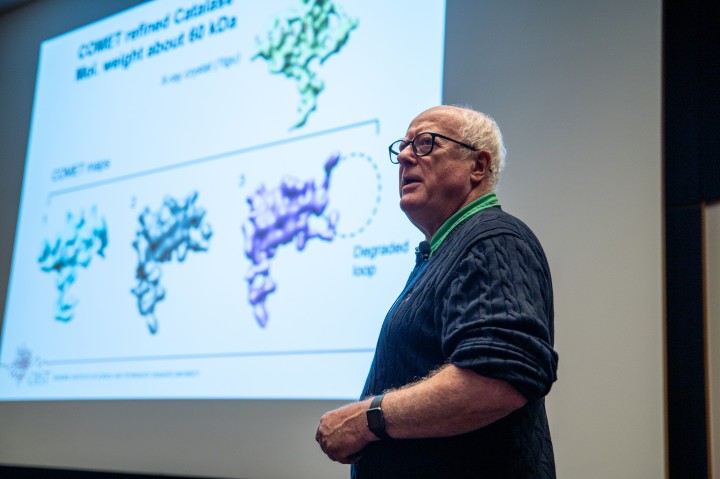
During his time at OIST, Prof. Skoglund has not only made important advancements in his research field, but has also played a pivotal role in the development of the university. He proved vital in securing government funding for OIST’s first electron microscope, and initially served as Chair of the Faculty Assembly, before taking on the role of Dean of Graduate School in 2018.
“Being a dean is very different from being faculty, it’s a much more administrative role, but I felt that I was in a unique position to help, and I was curious to learn,” said Prof. Skoglund.
At that time, the Graduate School had expanded from small to intermediate size. Prof. Skoglund took over the challenge of restructuring the school so that it could deal with the increased number of students.
After five years as Dean, Prof. Skoglund now feels that the time is ripe for change, with Professor Thomas Busch taking over on April 1.
“I think it’s important to have new blood in leadership positions,” he said. “As OIST matures from a new university to a larger, established institution, different characters are needed who can steer in new directions.”
Prof. Skoglund’s embrace of change and new directions also extends to his own research. Even in retirement, he expressed his desire to not only continue his current avenue of research, but to push forward new ideas within the fields of mathematics, physics and biology.
“In everyone’s life, it’s good to make changes,” he said. “Leaving OIST makes room for younger people to advance upwards, and it means that I can have even more flexibility with what I work on. It also leaves me more time for other things, like reading, skiing, hiking and water sports.”
When asked for what advice he would give aspiring scientists and early career researchers, he emphasized the importance of following what you love, and reiterated his personal philosophies of accepting change and overcoming impossibilities.
“Not only should you follow your heart, but you should be daring. You should do something that a lot of people will tell you is impossible,” he said. “And if it doesn’t work, that’s okay. At least you’ve tried and there are other fun and interesting avenues to explore instead.”
Specialties
For press enquiries:
Press Inquiry Form










